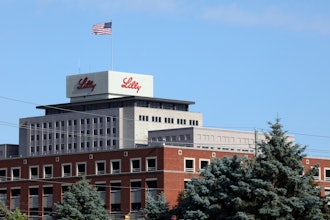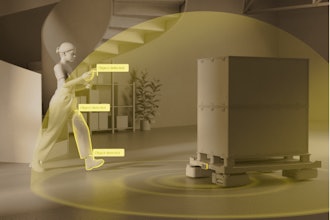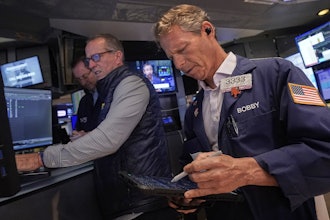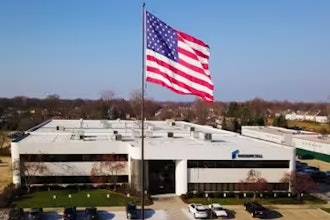With the Trump Administration on the north side of its 100-day mark, we shouldn’t be caught unawares when federal regulatory programs and the officials overseeing them are swept away in the current of a draining swamp.
Although Congress’s spending bill largely preserves the Environmental Protection Agency’s (EPA) budget, there’s little doubt that the Trump administration – which proposed cutting a third of the agency’s funding and 15,000 employees – will continue to shrink EPA influence.
But with recent EPA overreach raising the eyebrows of more than a few legal scholars (The New York Times previously revealed the EPA had manufactured comments in the Federal Register supporting its grab to regulate puddles on private property), a smaller EPA isn’t necessarily a bad thing. And mercifully, much of the solution for scaling back federal influence while preserving human and environmental health is already codified into law, its outcome familiar even to the DC-naïve.
Signed in 1996, the National Technology Transfer and Advancement Act requires government agencies to defer to the private sector’s own quality and safety standards. These “voluntary consensus standards” ensure your vacuum’s HEPA filter works regardless of whether you purchase a Hoover or a Dirt Devil, and that your regular gasoline has a consistent octane rating (87, for the curious) no matter which gas station fills your vehicle.
Industry standards are formulated using the best available science – after all, manufacturers who can prove the safety and quality of their products gain an edge over lesser quality (and less costly) products from their competition. And if one assumes this “voluntary compliance” would yield the fewest standards possible, think again. More than 800 voluntary consensus standards dictate best practices in manufacturing, and over 3,000 are in place to ensure the safety and consistency of economically important chemicals.
In fact, private sector self-regulation has been so successful that the EPA even refuses to award its research grants to laboratories that fail to meet the ANSI industry standard for environmental data collection.
Not to be outdone by private business, EPA implemented its own voluntary program in 1992: Energy Star. Buoyed by roughly $50 million taxpayer dollars each year, Energy Star identifies energy-efficient appliances and offers tax credits for residential installation of solar energy systems.
The problem is, industry certifications such as the CEE rating for appliances already exceed the Energy Star standard and don’t cost American taxpayers a dime.
Energy Star is far from the agency’s only misguided foray into voluntary compliance issues. Their Safer Choice Standard, developed at the turn of the century, emerged from science that was anything but cutting edge.
To meet the Safer Choice Standard, consumer products like cosmetics and household cleaners cannot contain scented ingredients identified by the EPA’s Integrated Risk Information System (IRIS), California’s “Proposition 65” law, the International Agency for Research on Cancer (IARC), or Europe’s Annex IV regulation as a possible carcinogen.
The long-standing principle in toxicology is that the dose makes the poison. But every one of the aforementioned “toxic authorities” throw that doctrine to the wind, relying instead on studies where rats are overloaded with chemicals until – almost inevitably – cancer develops.
In fact, out of the 862 substances reviewed by IARC, only a single material couldn’t be construed as “probably” or “possibly” causing cancer. The organization even identified working the night shift as a likely carcinogen.
But for federal agencies like the EPA which face constant pressure to justify a ballooning budget, deceptively claiming that their programming fills a dangerous regulatory void seems to do the trick.
In the next several years, the EPA will almost certainly need to scale back its regulatory activities. With a network of industry-supported regulatory standards already in place, prudent administration officials would do well to eliminate costly and redundant programming like Energy Star and the Safer Choice Standard. Consumers already trust the safety of their homes, vehicles, cosmetics and appliances to the efficacy of voluntary industry standards. Why shouldn’t the EPA?
Dr. Joseph Perrone is the Chief Science Officer at the Center for Accountability in Science.






















